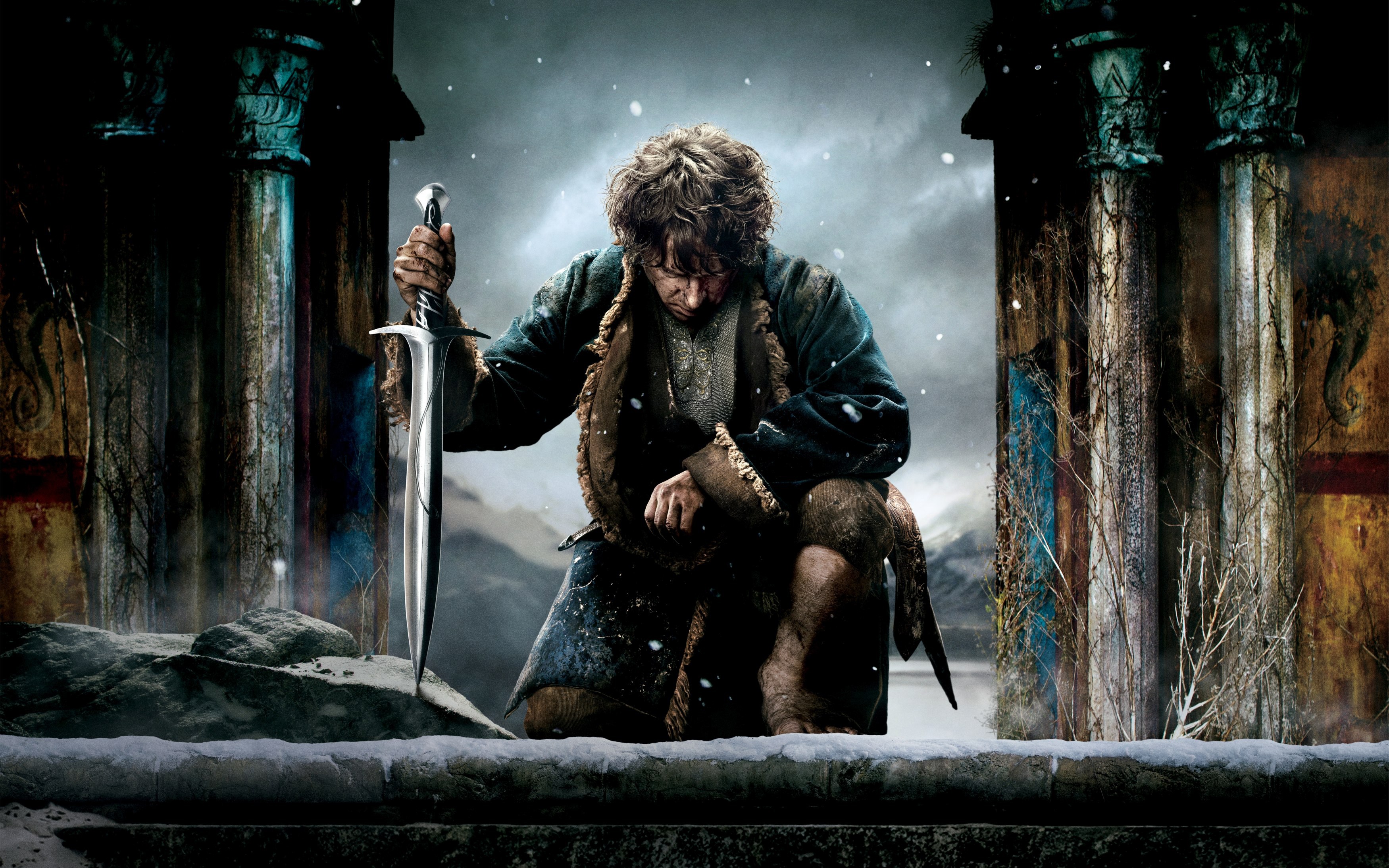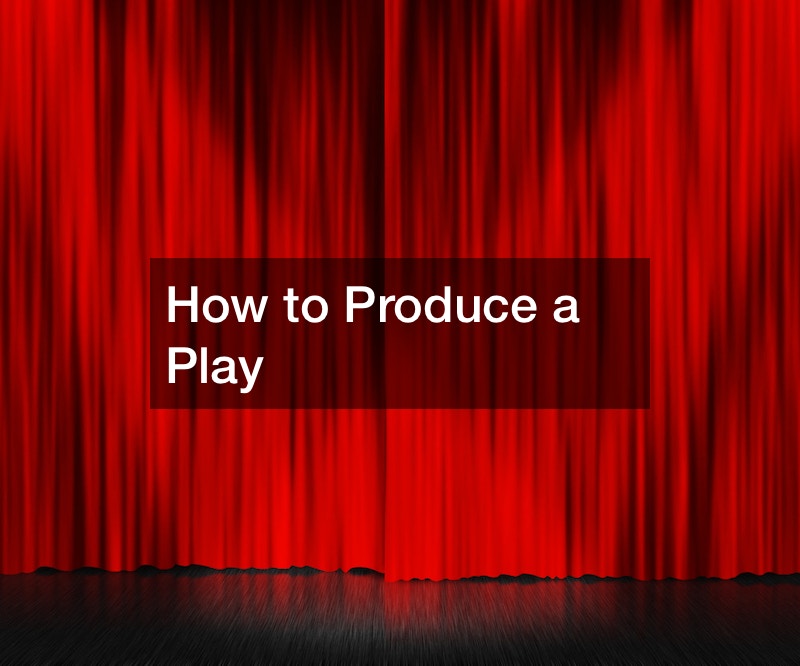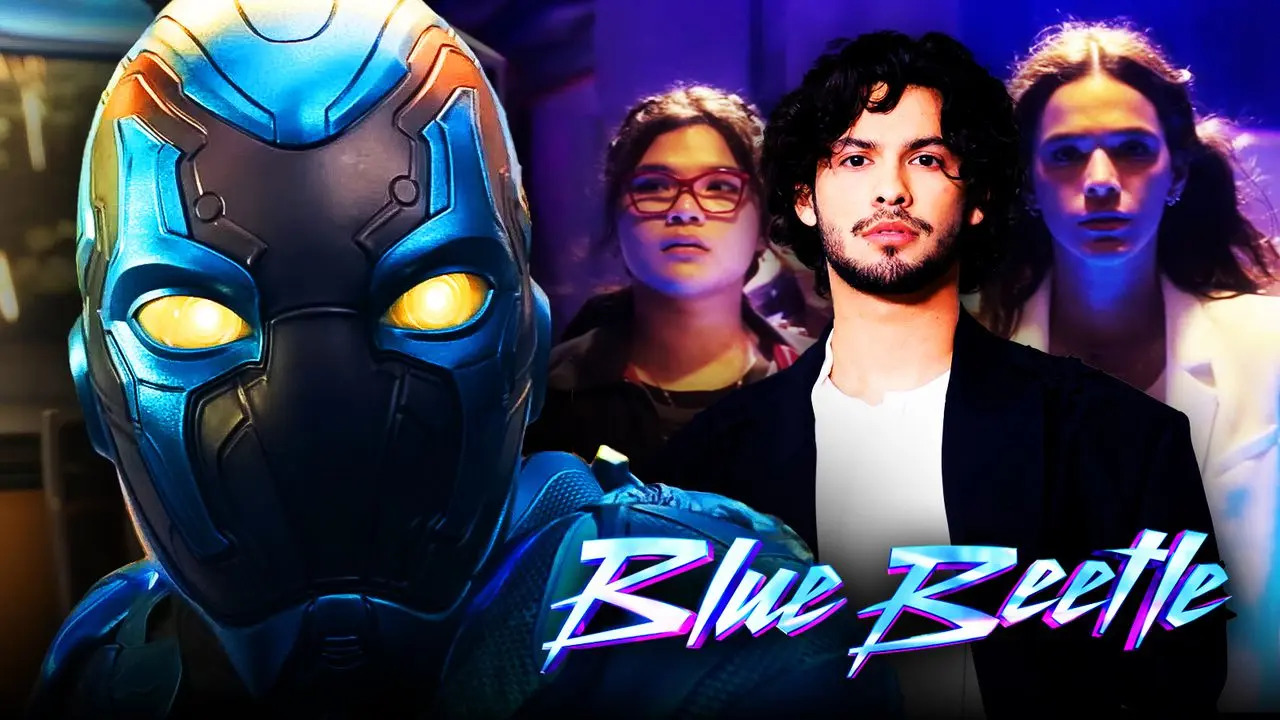Originally published in 1937, J.R.R. Tolkien’s The Hobbit, or, There and Back Again, was arguably the first published work that’s set in his legendarium. The book consisted of episodic chapters centering on the adventures of Bilbo Baggins as he follows a group of Dwarven Warriors to raid the coffers of the fearsome Smaug the Dragon. It was originally intended to be a children’s book meant to inspire kids and adults to rise above their baser natures to become heroic figures. Unfortunately, Peter Jackson took this as a cue to turn it into a bloated, long drawn trilogy that focused too much on spectacle rather than story, which is unfortunate, considering he did the exact opposite with the Lord of the Rings trilogy. We’ve talked about how to watch the LotR and Hobbit movies in order, I highly suggest you follow it so as to keep your palate clean after the travesty of the latter’s trilogy.
But alas, the allure of creating another multi-million dollar franchise was too much to resist, so much so that Jackson took a 310-word book and turned it into a 12-hour CGI show that’s split into three movies. Set 60 years before the events of The Lord of the Rings, Peter Jackson wanted to show a “brighter, happier Middle Earth” that was yet unaware of the evils it will face. Unfortunately, this first movie was so focused on building an entirely new franchise that it felt like the whole film was just all setup and no story. Makes sense, considering the whole of The Hobbit: An Unexpected Journey takes places across 3 hours and 2 minutes while using up only a handful of pages from the source material.
From The Lord of the Rings to The Hobbit
It’s not all doom and gloom, of course: Martin Freeman is the perfect Bilbo Baggins, a representation of all the qualities both the English and the Hobbits prize in their gentleman: plucky, decent, well-mannered, and of course, a homebody. Sir Ian McKellen returns as Gandalf the Grey, but this time as a kinder, gentler Wizard than the grizzled old war veteran he was in the LotR trilogy. The movie has plenty of fun and adventurous moments, starting with a near-roasting by mountain trolls.

However, as the movie progresses, it’s clear that Peter Jackson was enthralled with the idea of showing the greater conflict that will soon engulf Middle-Earth, sprinkling in, rather clunkily, the intrigues and the suspense that was happening in the sidelines, all because it would lead to the events of the War of the Ring. And there’s a reason for that: J.R.R. Tolkien released The Lord of the Rings in 1954, a full 17 years after the release of The Hobbit, or, There and Back Again. During the interim, he had built and solidified his legendarium, gathering his writings from all the way back to 1914, and incorporating it into the Rings novel. As he did so, he heavily appended The Hobbit with footnotes as well as creating an entire lengthy appendix in The Lord of the Rings.
Peter Jackson, for some reason, must have thought it would be a good idea to take all these appendices and footnotes and insert into a trilogy of movies whose source material was only 300 pages long. Whatever it takes to beef up the story, right?

Unfortunately, it did the opposite: to quote Bilbo himself in the first Lord of the Rings movie, The Hobbit feels “thin, like butter over too much bread”. With the amount of material Peter Jackson wanted to insert in The Hobbit, he unfortunately didn’t give any meaningful emphasis to any of the characters or story points.
Foreshadows from The Lord the Rings Franchise
Peter Jackson also tries to foreshadow characters from the LotR franchise, albeit in pale, almost-contrived forms: Thorin Oakenshield, of course, was supposed to herald the character of Aragorn, while Sauron is referred to as the “shadow of an ancient horror”, cleverly represented in the film as wolves, orcs, and Azog, an evil Goblin.

Which isn’t to say that the movie is completely terrible; it’s still a fun, action-packed movie that people unfamiliar with the source material would probably enjoy, despite its bloated storyline, too-long runtimes, and confusing plot building. Shot at 48fps rather than the standard 24fps, the film is in High-Def, which is great for detail, but it can sometimes create an Uncanny Valley-esque feel that takes away from an already thin movie.
Visually, the film does capture the magical and fantastical landscapes of Middle-Earth, something J.R.R. Tolkien took great pains in describing in the books, and it does capture the spirit of adventure that Bilbo Baggins learns to kindle within himself.
Overall, it’s a great filler film for the LotR trilogy as a whole. As the first film of its own franchise, it is fairly ok, able to setup plot points that succeeding movies take up and execute successfully. As a stand-along movie, it’s confusing, dragging, and while visually arresting, is simply too complex to be understood.
You’ll just have to watch the films in order, I guess!





